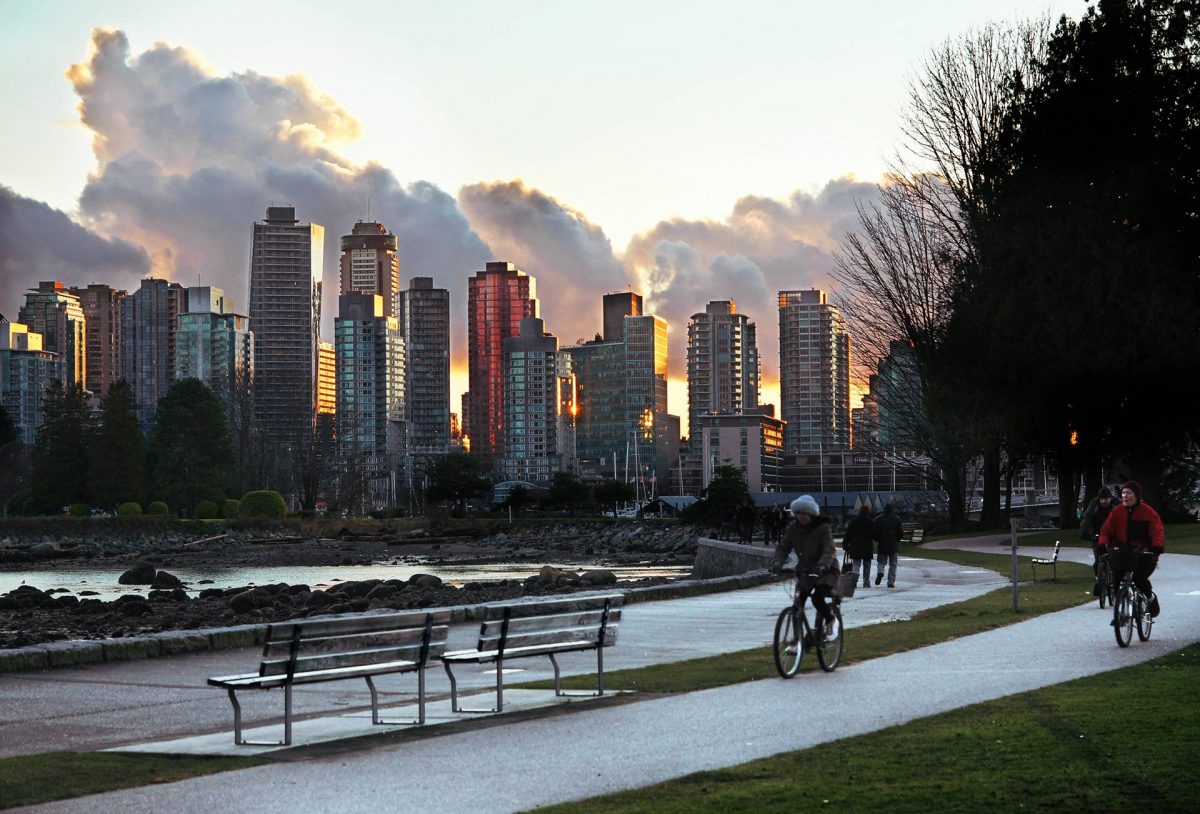As our world continues to urbanize at an unprecedented rate, the concept of healthy cities have evolved beyond the provision of basic services to encompass a holistic approach that prioritizes the well-being of its citizens. A healthy city is more than just a geographical space; it is a dynamic ecosystem that actively nurtures physical, mental, and social health. In this article, we explore the key elements that contribute to making a city truly healthy for its residents.
At the heart of healthy cities lies sustainable urban planning. Cities with well-designed green spaces and parks offer citizens not only areas for recreation but also essential havens for physical and mental rejuvenation. The presence of active transportation options, such as cycling lanes and pedestrian-friendly sidewalks, not only reduces traffic congestion but also encourages citizens to embrace more active modes of commuting, promoting a culture of fitness.
A cornerstone of any healthy city is its commitment to providing accessible and quality healthcare. The presence of well-equipped hospitals, clinics, and preventive care centers ensures that citizens can readily access medical services, contributing to both physical and mental well-being. Moreover, health education initiatives within the city empower citizens with knowledge, fostering a community that makes informed decisions about their well-being.
Cities that prioritize community engagement create environments where citizens feel a sense of belonging and connection. Social spaces, community centers, and cultural venues become focal points for interaction, contributing to the social fabric of the city. Inclusive planning that considers the needs of all citizens, irrespective of their abilities or socioeconomic backgrounds, fosters a sense of equality and solidarity.
Hhealthy cities are synonymous with a clean and sustainable environment. Vigilant efforts to maintain air and water quality reduce the risk of environmental health issues. Green infrastructure initiatives, including energy-efficient buildings and sustainable energy sources, underscore the city’s commitment to environmental sustainability, which in turn positively impacts the health of its residents.
A thriving job market and diverse economic opportunities are integral to the health of a city. Access to education and training programs supports professional growth, contributing to citizens’ financial stability and mental well-being. Affordable and safe housing options further enhance a city’s overall health by providing secure and comfortable living conditions.
Creating healthy cities is a dynamic and ongoing process that necessitates collaboration between various stakeholders, including government bodies, urban planners, healthcare professionals, and citizens themselves. By focusing on sustainable urban planning, accessible healthcare, community engagement, a clean environment, and economic opportunities, cities can transform into vibrant and resilient hubs that prioritize the health and happiness of their residents. In embracing these principles, cities can become not just spaces where people live, but environments that actively contribute to the holistic well-being of their citizens.
In the pursuit of wellness and an active lifestyle, the environment we inhabit plays a pivotal role. Cities around the world are increasingly focusing on creating spaces that foster health and fitness. Here, we delve into the elements that contribute to a healthy city and highlight five cities that stand out for their commitment to well-being.
1. Copenhagen, Denmark
Cycling Paradise: Copenhagen is renowned for its extensive cycling infrastructure, making it easy for residents to choose an eco-friendly and physically active mode of transportation. The city’s commitment to bike-friendly urban planning has not only reduced traffic congestion but also significantly improved the overall fitness of its inhabitants.
2. Melbourne, Australia
Green Spaces Galore: Melbourne boasts an abundance of parks and green spaces, providing residents with opportunities for outdoor activities and exercise. The emphasis on maintaining and expanding these green areas contributes to a healthier lifestyle by encouraging physical activity, relaxation, and community engagement.
3. Tokyo, Japan
Healthy Culinary Culture: Tokyo’s culinary scene is often associated with fresh, nutrient-rich foods. The city’s emphasis on a balanced diet, with a focus on fish, vegetables, and rice, contributes to the overall health of its residents. Additionally, the prevalence of walking as a primary mode of commuting further enhances the fitness levels of Tokyoites.
4. Vancouver, Canada
Nature-Integrated Living: Situated against a stunning backdrop of mountains and the Pacific Ocean, Vancouver seamlessly integrates nature into urban living. The accessibility of outdoor activities, from hiking to skiing, promotes an active lifestyle. The commitment to sustainability and clean living further enhances the city’s overall wellness.
5. Singapore
Urban Well-being Initiatives: Singapore prioritizes public health through various urban initiatives. The city’s commitment to cleanliness, well-maintained public spaces, and widespread access to fitness facilities contribute to a culture of health. The incorporation of greenery into the cityscape enhances the overall well-being of its residents.
In the quest for healthier living, these healthy cities serve as inspiring examples of how urban planning and lifestyle choices can converge to create environments that prioritize the well-being of their residents. As cities continue to evolve, the integration of health and fitness into urban planning will play a crucial role in shaping the future of our communities.









